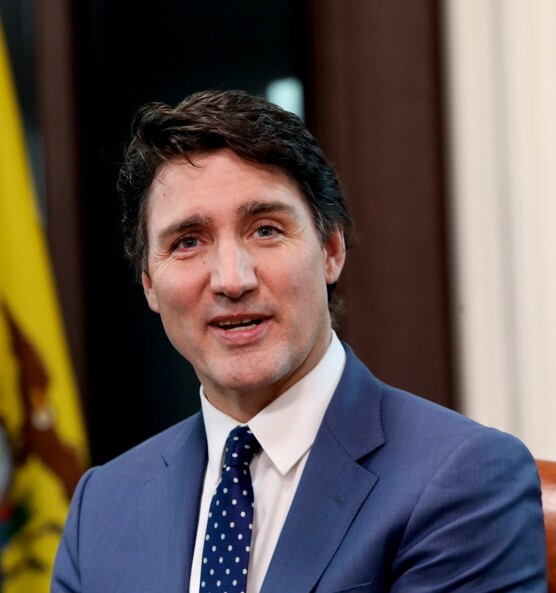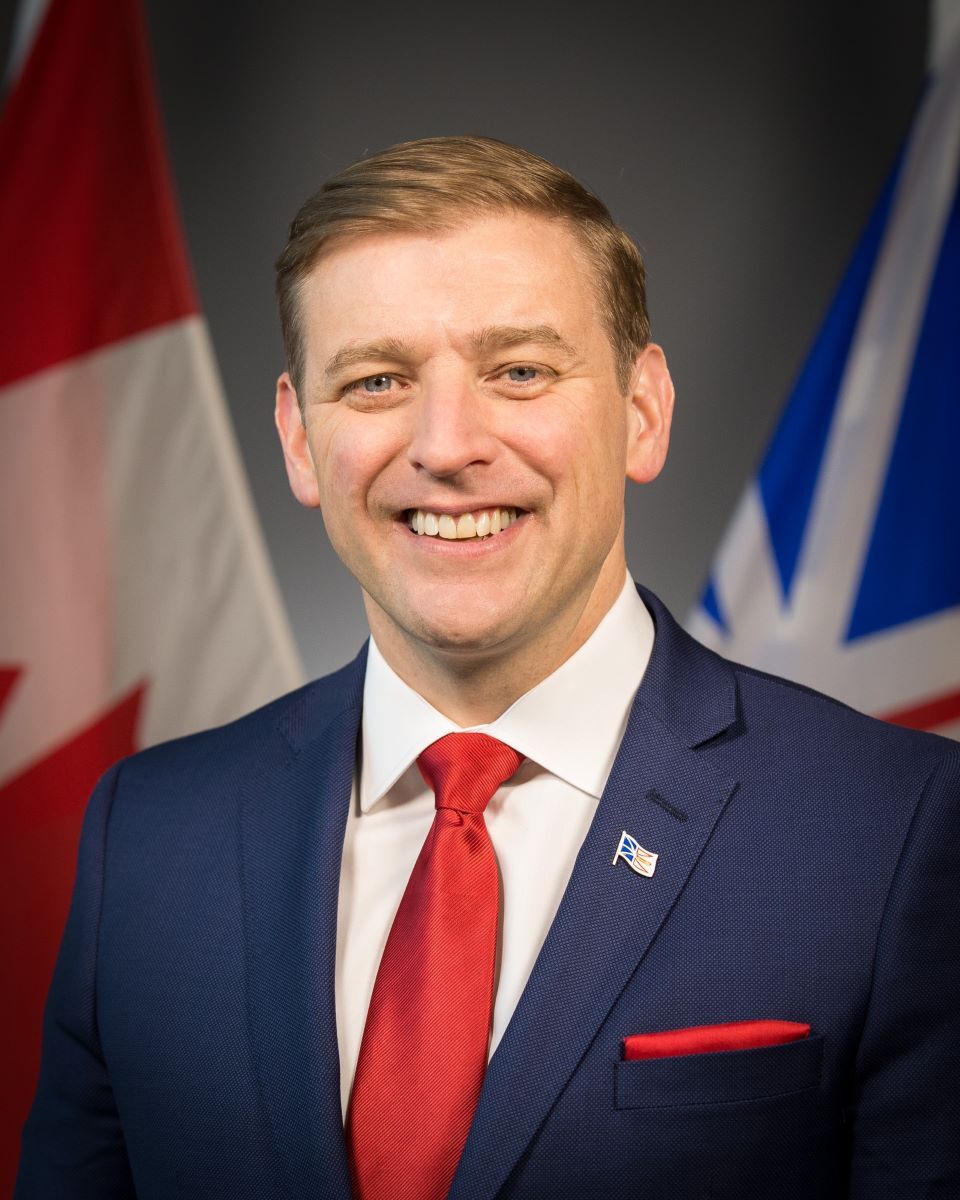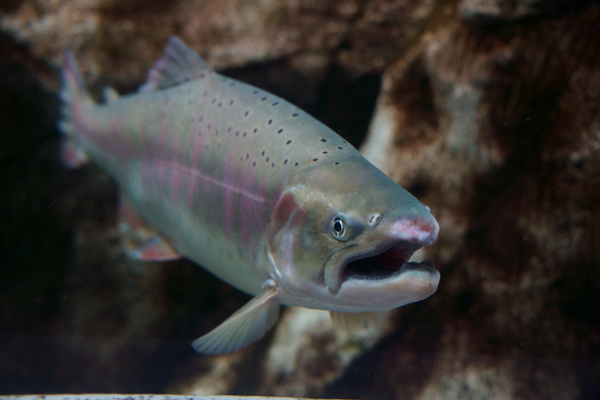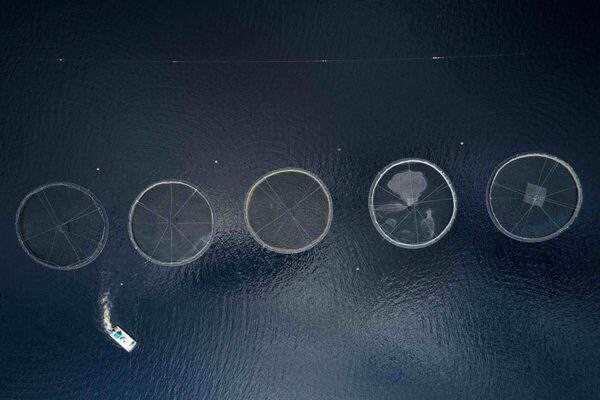Why Canada's fish farmers are unhappy with Ottawa
Aquaculture has become just one of the flashpoints for a federal government increasingly drawn into environmental arguments.

There was a feeling of relief among Canada’s salmon farmers following the news that Prime Minister Justin Trudeau is to step down.
The news broke on 6 January. Trudeau is thought to be the prime mover behind the decision to end open cage salmon farming in British Columbia – and he has not hidden his views.
He has been in power for almost a decade and it is thought his decision to go is due to his waning popularity and the state of the Canadian economy.
An independent report in November said the open cage ban could cost the province’s salmon farmers at least CAN $9bn (around £5bn).
He was also told by US President-elect Donald Trump last month that Canadian exports to the US, including seafood, face the possibility of tariffs.
Following the announcement, the industry said that the decision should spell an end to the controversial open cage ban in BC.
Tim Kennedy, President and CEO of the Canadian Aquaculture Industry Alliance, told the industry website SeaWest News that it was time for a reset, as he put it: “A reset to a government that makes sound science-based decisions for the good of all Canadians…a reset to a growing and thriving Canadian seafood sector.”
“Prime Minister Trudeau has been the leader of a government that has actively suppressed the production of farmed seafood in British Columbia,” Kennedy added.
Three Norwegian companies, Mowi, Grieg and Cermaq, have large operations in the province and two of them said before the resignation announcement they were considering their position. That could now change.
As Fish Farmer reported last month, an economic impact assessment by the Canadian consulting firm RIAS Inc estimated that the shutdown of net pen farms in BC, and the federal government’s transition plan, would cost the Canadian taxpayer CAN $9bn in unnecessary costs and lost economic activity (£5bn).
This includes $1.17bn (£656m) from a decline in economic activity and $133.6m (£75m) in losses to income for the First Nations in the province.
Speaking last month before Justin Trudeau’s decision to step down was announced, Brian Kingzett, Executive Director of the BC Salmon Farmers Association, said: “The proposed ban is a reckless decision by the Trudeau government that ignores both science and economic reality.
“BC salmon farming companies, suppliers and First Nations within whose territories we operate have communicated to the federal government that transition cannot be a ban on marine net-pen salmon farms in less than five years and maintain a viable farmed salmon sector.”

Marine conservation plan sparks debate
Meanwhile, on Canada’s Atlantic seaboard, a row is brewing over proposals for a new marine conservation area that would cover much of the south coast of Newfoundland.
The proposed South Coast Fjords National Marine Conservation Area would cover the south-west coast of the island of Newfoundland. The feasibility assessment is also exploring the possibility of redesignating Sandbanks Provincial Park as a national park in south-western Newfoundland.
A memorandum of understanding was signed in June 2023 between the Government of Canada, the Government of Newfoundland and Labrador, Miawpukek First Nation, Qalipu First Nation, and the Town of Burgeo, to start drawing up plans.
There are currently five national marine conservation areas (NMCAs) in Canada, covering approximately 123,490 square kilometres of Canada’s marine and freshwater ecosystems in the Atlantic, Pacific and Arctic oceans and the Great Lakes. In 2021 Parks Canada committed to establishing 10 new marine and four new freshwater NMCAs by 2030, working with indigenous communities on co-management agreements for these NMCAs.
Parks Canada, an arm of the federal government, says: “The study area for the proposed national marine conservation area (NMCA) is approximately 9,112 square kilometres and is representative of the Laurentian Channel marine region, and the Sandbanks study area is 2.26 km2.
“This ecologically rich marine environment is a productive marine ecosystem and biodiversity hotspot. It is amongst the most productive marine environments in Atlantic Canada and is home to the largest tides in Newfoundland. The spectacular rugged coast creates many sheltered inlets and habitats for a variety of marine species. It includes coastal and marine ecosystems that consist of forests of spruce-fir, rocky barrens, sand dunes, flat sandy beaches, large granite cliffs and deep fjords carved by glaciers.
“These waters are a key migration route for over 20 species of whales, and they are an important habitat for many endangered species including Atlantic cod, redfish and leatherback sea turtles. The marine region is also home to dolphins and porpoises, turtles, sharks, fishes, invertebrates, and seabirds.”
The steering committee set up to take the plan forward is in the process of consulting with First Nations and other local communities, relevant federal departments, provincial or territorial authorities, stakeholders and the public.
It has already run into committed opposition from the aquaculture sector, however.

On 16 December, the Newfoundland Aquaculture Industry Association issued a statement in support of Newfoundland Premier Dr Andrew Furey, Minister Elvis Loveless, Mayor Steve Crewe and Member of Parliament Clifford Small, who are all opposing the NMCA.
The association said: “By opposing Ottawa’s proposed south coast National Marine Protected Area (NMCA) boundary, these representatives are ensuring that noone in the fishing and aquaculture industries and the livelihoods of families who rely on these industries are negatively impacted.”
The statement went on: “It’s clear that Ottawa, Parks Canada and DFO are being lobbied by activists including the Atlantic Salmon Federation, the Ecology Action Centre, and others who are willing to jeopardise local food security and employment by destabilising economic opportunity to attract funding donors.”
As reported in the December issue of Fish Farmer, Cooke Seafood, Canada’s largest seafood business, has said the NMCA plan is “…an alarming overreach of federal jurisdiction into waters currently under the jurisdiction of the province and will have severe consequences for local rural coastal communities and economy.”
What impact the NMCA would have is still unclear, because its terms would depend on a management plan to be drawn up once the conservation area has been agreed in principle, but it would potentially involve sweeping powers to restrict commercial activity in the area, including fishing and aquaculture.
Parks Canada says there is no specific time frame for approving the NMCA and this debate could run on for some time to come.

Why not try these links to see what our Fish Farmer AI can tell you.
(Please note this is an experimental service)




